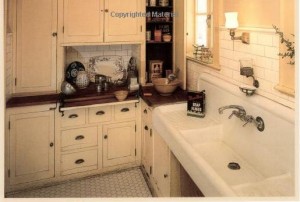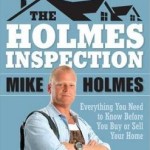Brown, Jeff, and Tomi Ungerer. Flat Stanley. New York, NY: Harper & Row, 1964. Print.
I really, really wanted to like this book, but somehow it never clicked with me. Right from the first mention of the family’s last name (Lambchop) I found it just a little too precious. Maybe I just wasn’t in the right frame of mind for a book from the 60s, or maybe it’s because I don’t recall ever reading it when I was a child.
Anyway, it’s a perfectly inoffensive book at the Grade 4 level (Scholastic’s book wizard pegs it at Grade 4.4). I put another (Flat Stanley in Space, I believe) on hold at the same time, so I’ll give it a try before giving up on the series.







 Powell, Jane. Bungalow Kitchens. Salt Lake City: Gibbs Smith, 2000. Print.
Powell, Jane. Bungalow Kitchens. Salt Lake City: Gibbs Smith, 2000. Print.



